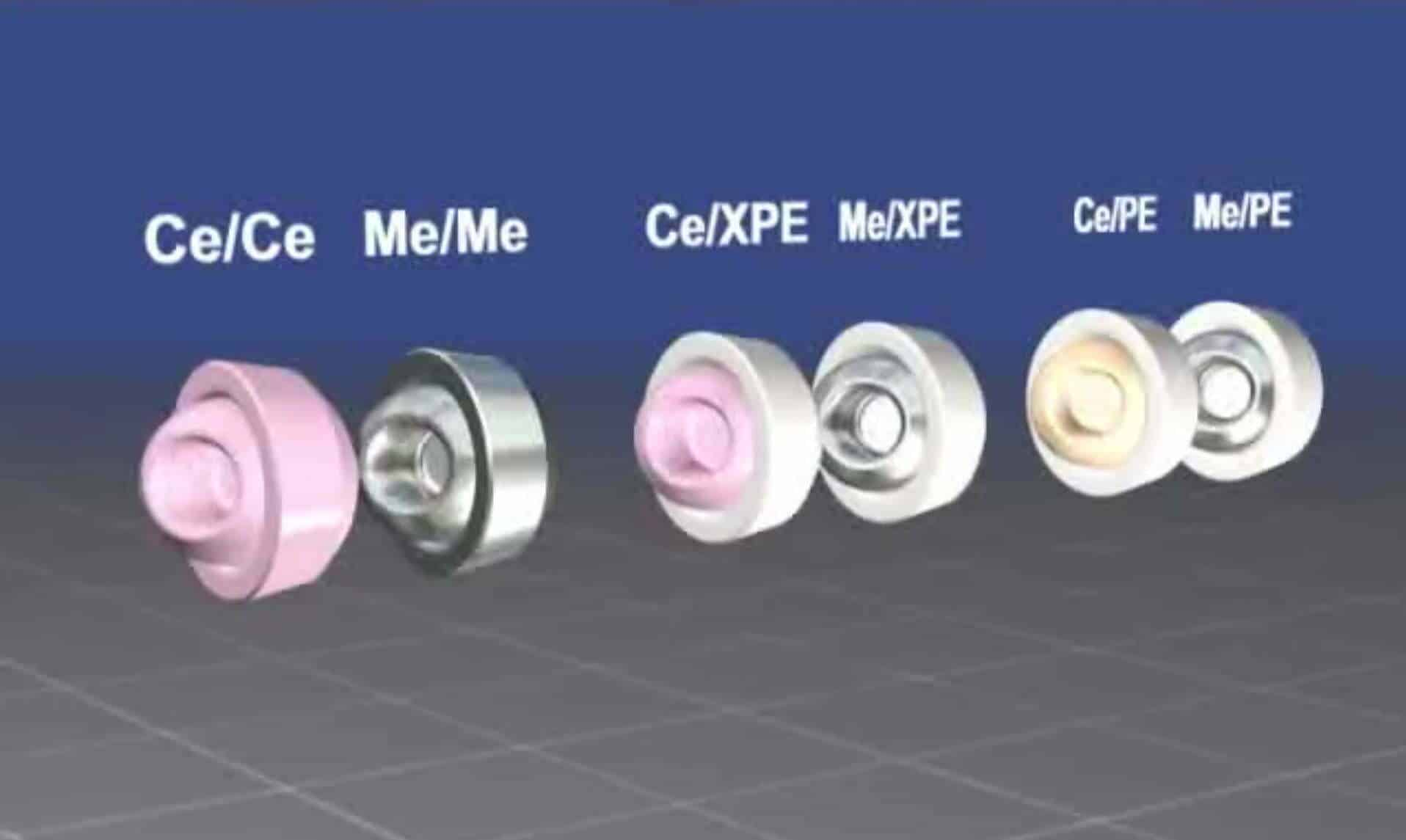The friction and wear of ceramic ceramic and ceramic metal combinations in sliding contact the tribological characteristics of ceramics sliding on ceramics are compared to those of ceramics sliding on a nickel based turbine alloy.
Ceramics wear rate.
Wear of ceramics and cermets.
The measured wear rates of various combinations of ceramic polyethylene and metal couples kaddick and pfaff 2002 are shown in table 7 2.
The hip joint.
The wear depth of pins was calculated by.
Hence the standard wear coefficient value obtained from a volume loss versus distance curve is a function of the sliding distance.
The wear rate per unit sliding distance in the transient wear regime decreases until it has reached a constant value in the steady state wear regime.
The wear rate of al 2 o 3 13 tio 2 ceramic coating was evaluated by the wear volume and that of pins by weighing them before and after the tests.
Ceramic on metal com bearings are considered to be a promising alternative to polyethylene based bearings or hard on hard bearings ceramic on ceramic coc and metal on metal mom.
Identifying the run in and steady state wear rates was a valuable step in processing the ceramic wear data and assessing its reliability.
The friction and wear of oxide ceramics and silicon based ceramics in air at temperatures from room ambient to 900 c in a few cases to 1200 c were measured for a.
Ceramics can exhibit very low wear rates compared with metals and they are being used increasingly in tribological situations they also retain similar properties up to high temperatures and they are very unreactive chemically so they will certainly find increasing use in hostile environments.
The head wear rate alone is about 100 to 300 fold lower.
The total wear rates of the cup and the head of ceramic on ceramic couples are about 35 fold lower than those of metal on metal.
Arnell in tribology and dynamics of engine and powertrain 2010.









